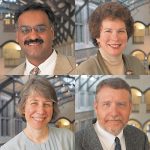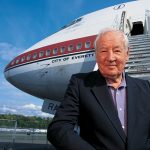People
December 1, 2001
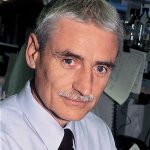
Nobel Laureate
UW Genetics Professor Lee Hartwell won the 2001 Nobel Prize in Medicine/Physiology for his basic research on cell division.
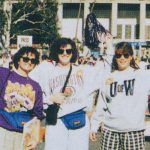
Remember the Huskies
On a trip that turned into a tragedy, a plane crash took the lives of 16 UW alumni and fans.
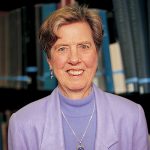
Career in service
For more than 50 years, Betty Wagner, ’51, has stayed a remarkable professional course-librarian and head of the UW’s Architecture-Urban Planning Library.
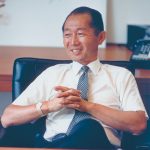
Architect of the Towers
A native of Seattle, Minoru Yamasaki, ’34, was born on Dec. 1, 1912, in a cold-water tenement in the Yesler Hill district of Seattle. His most famous work was the World Trade Center.
Dentistry chair
To honor his mentors, Lloyd Chapman and his wife, Kay, donated $1 million to endow the Lloyd and Kay Chapman Chair for Oral Health at the UW School of Dentistry.
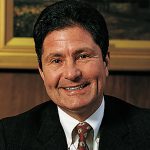
A 'power for good'
n a sometimes emotional address to the University of Washington community, President Richard L. McCormick reviewed the state of the UW—and the state of the world—four weeks after the terrorist attacks of Sept. 11.
September 1, 2001

The magic realist
After childhood abandonment and heartbreak, Alfredo Arreguin became one of the foremost Mexican-American painters of his generation.

Tops in toys
Since his arrival at Toys “R” Us in January 2000, after serving as chairman and CEO of upscale toy retailer FAO Schwarz, John Eyler has made sweeping changes.
Dick Erickson, 1935-2001
Dick Erickson, ’58, was a Husky Hall of Fame rower who coached the Husky varsity crew for 20 years and spent nearly four decades serving the UW athletic department.
Emmett Watson, 1918-2001
Emmett Watson, ’42, spent more than 50 years as an outspoken Seattle newspaper columnist chronicling life in his native city.
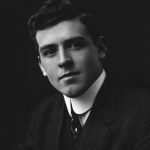
Inspiration on a whim
On a whim, Lester J. Wilson, who enrolled at the University of Washington in 1909, wrote "Bow Down to Washington."
Brotman Awards
Two UW units were recognized for their contributions to education and to diversity as the Office of Minority Affairs Instructional Center and the Interdisciplinary Writing Program collectively won three 2001 Brotman Awards.
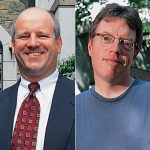
Greek thoughts
As a companion to our tour of Greek Row, two alumni debate the value of fraternities and sororities.
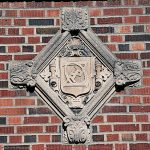
Row show
While most Huskies take them for granted, our Greek Row houses are architectural gems that some day might comprise a historic district.
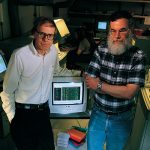
Code control
Scientists may be solving the mystery of the human genome, but the debate is getting hotter over profit motives and the rights to the human blueprint.
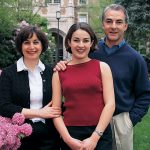
Then and now
The heart of the UW campus may look like it did in 1970, but inside the classroom, a transformation is taking place.

Samuel J. Stroum, 1921-2001
Samuel J. Stroum was a self-made Seattle businessman and philanthropist who provided generous financial support for the University of Washington and served 13 years on the UW Board of Regents.
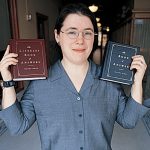
She has answers
Taking the “if you want something done, do it yourself” mentality her parents instilled in her, Carol Bolt, ’94, a Seattle artist, wrote The Book of Answers.
